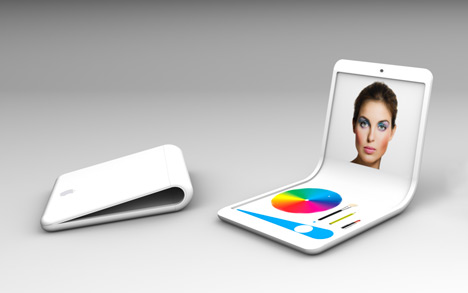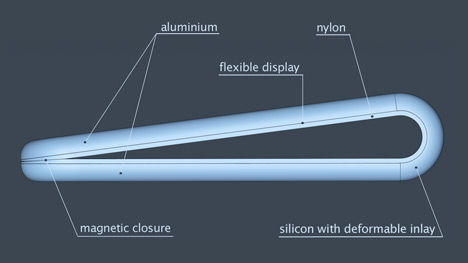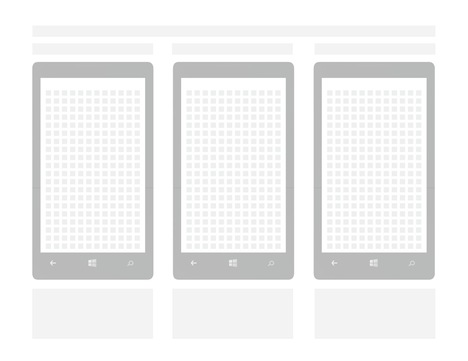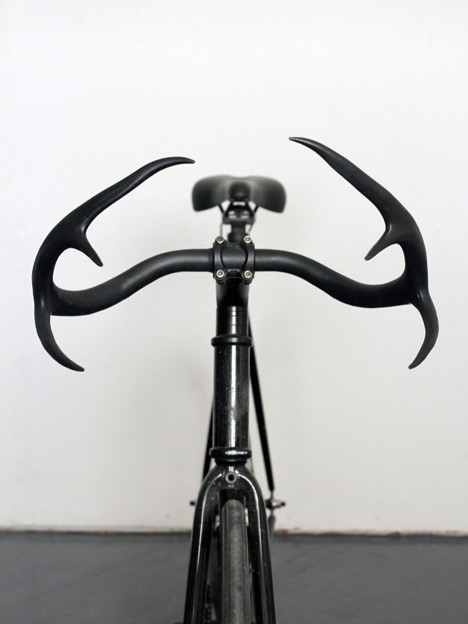
Think back to when you were in grade school: Did you like the furniture? The stuff filling the schools of my youth was so crappy and unremarkable that I can barely remember what it looked like.
Perhaps that will be different for the next generation. Steelcase is updating the classroom with their very cool Verb line of furniture, consisting of rollable tables, desks and chairs, a system of whiteboard panels that can be used as both slates and dividers, and an Instructor Station that even has a cupholder to hold a nice, frosty beer. Or maybe it's for coffee, I guess all of our schools were different. In any case, behold:
The Verb line isn't aimed purely at schools, but is also aimed at "corporate learning spaces and project team rooms." But even in the latter spaces, the cupholder is solely installed in the Instructor Station while the regular desks are blank. I kind of like that, as it allows whomever's in charge to lord it over their dehydrated underlings.
(more...)











 "I can't think of any way to improve the 606..."
"I can't think of any way to improve the 606..."











 Image via
Image via 



















 What's in the box?
What's in the box?














